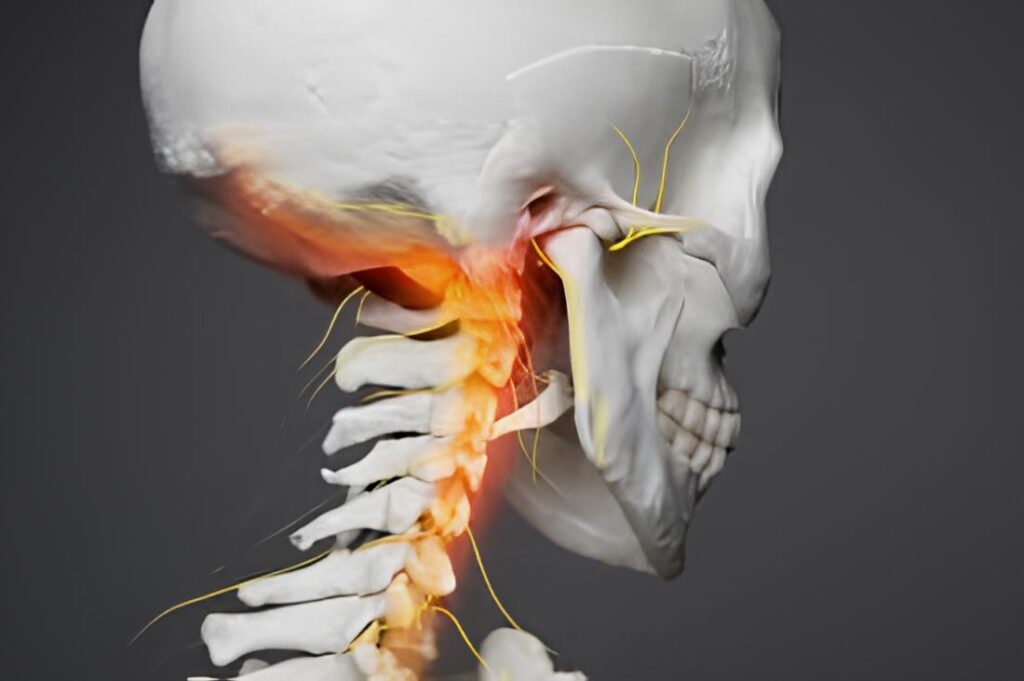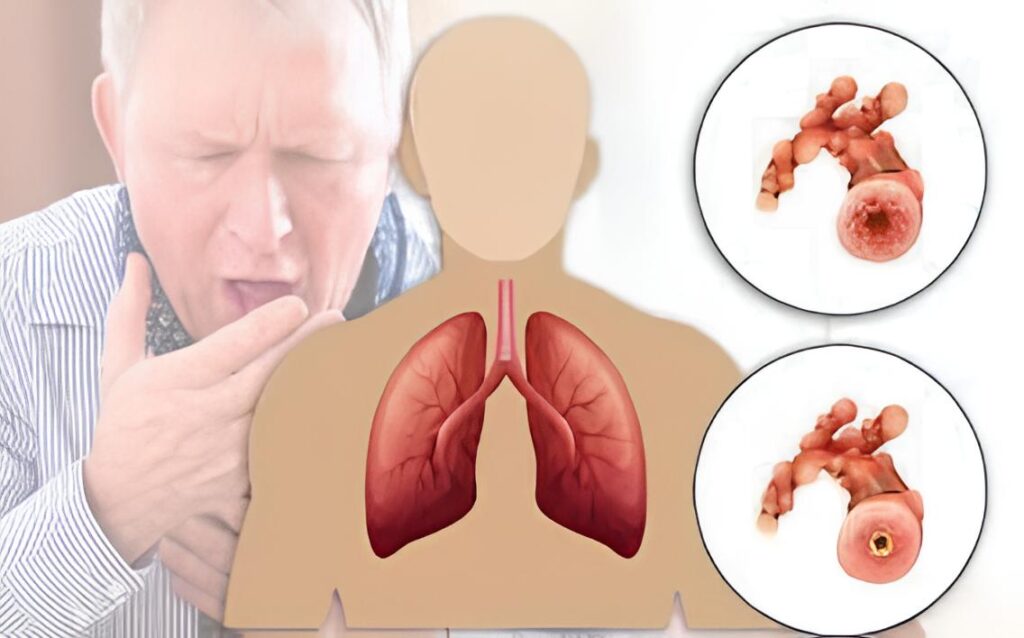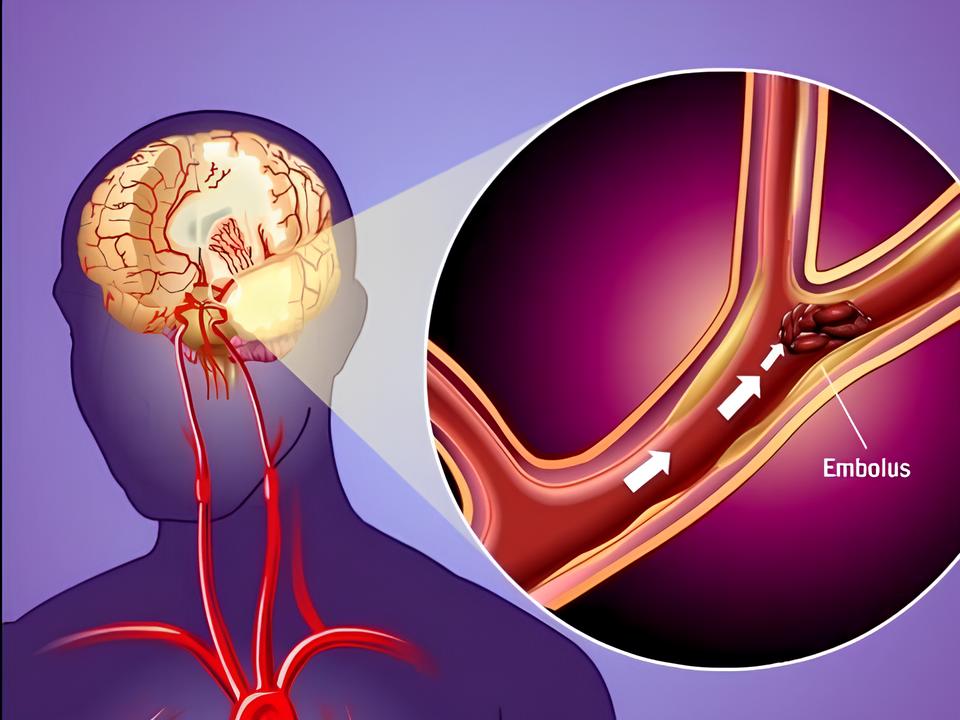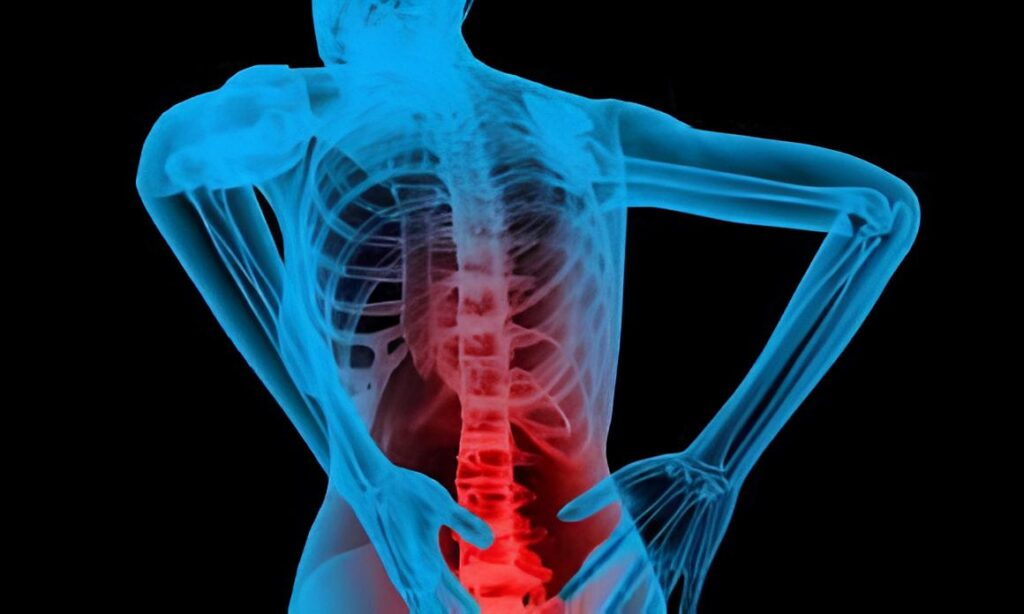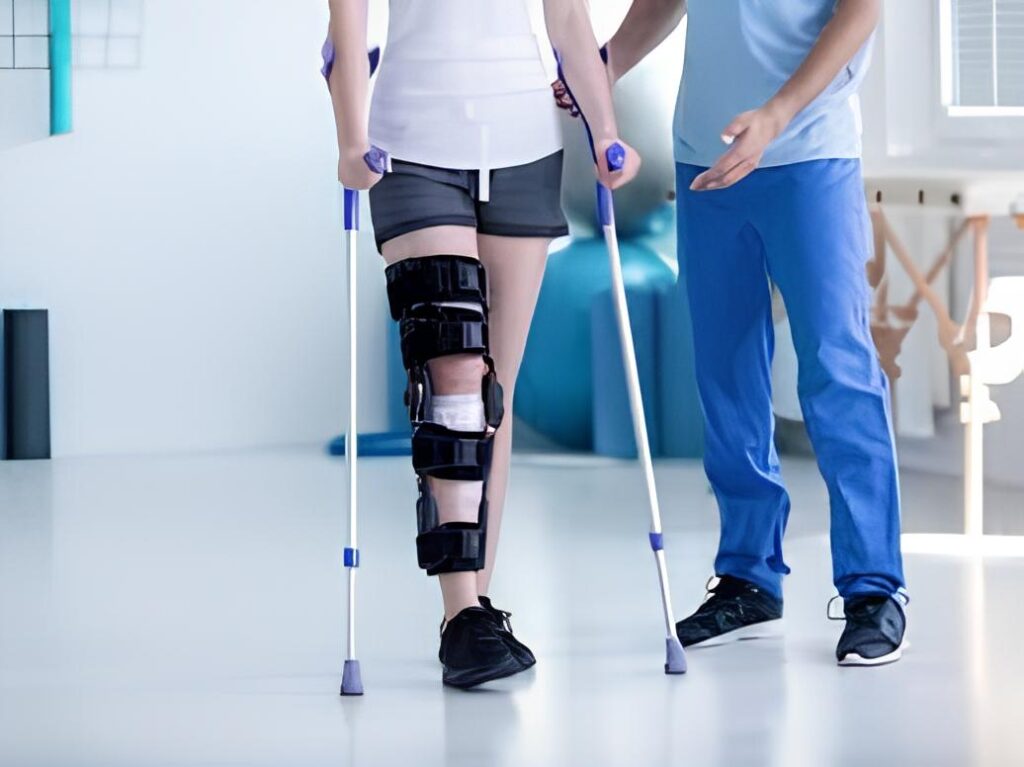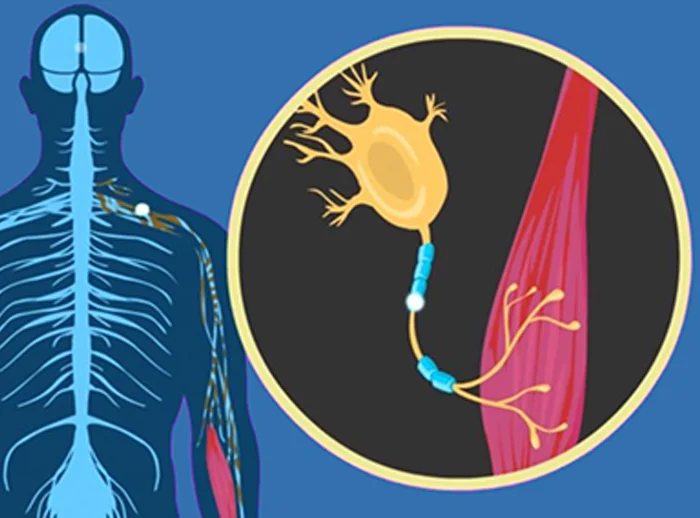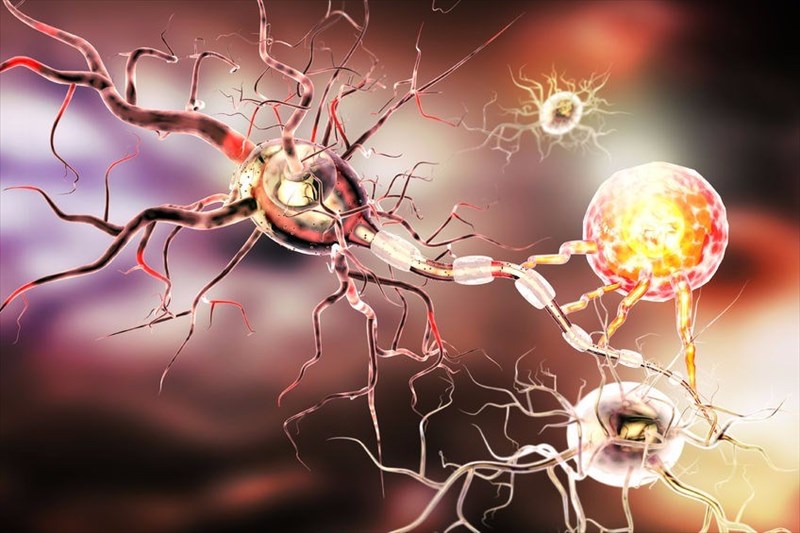Vertebro Basilar insufficiency
Vertebrobasilar insufficiency (VBI) occurs when blood flow to the back of the brain is reduced or blocked. This region controls essential functions like balance and movement. While many people with VBI experience only mild symptoms, the condition significantly increases the risk of stroke or a transient ischemic attack (TIA or mini-stroke). In severe cases, it …

